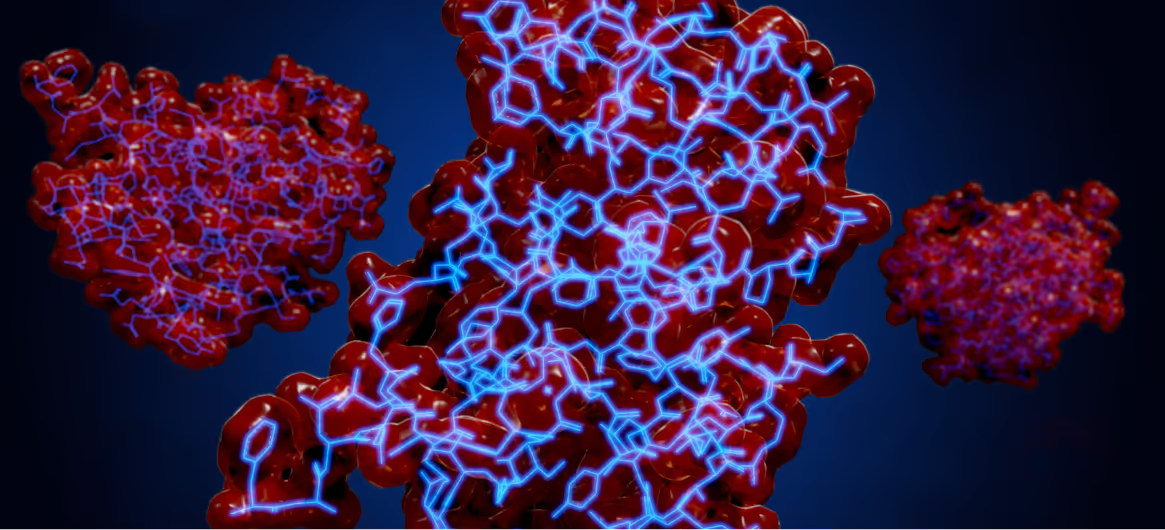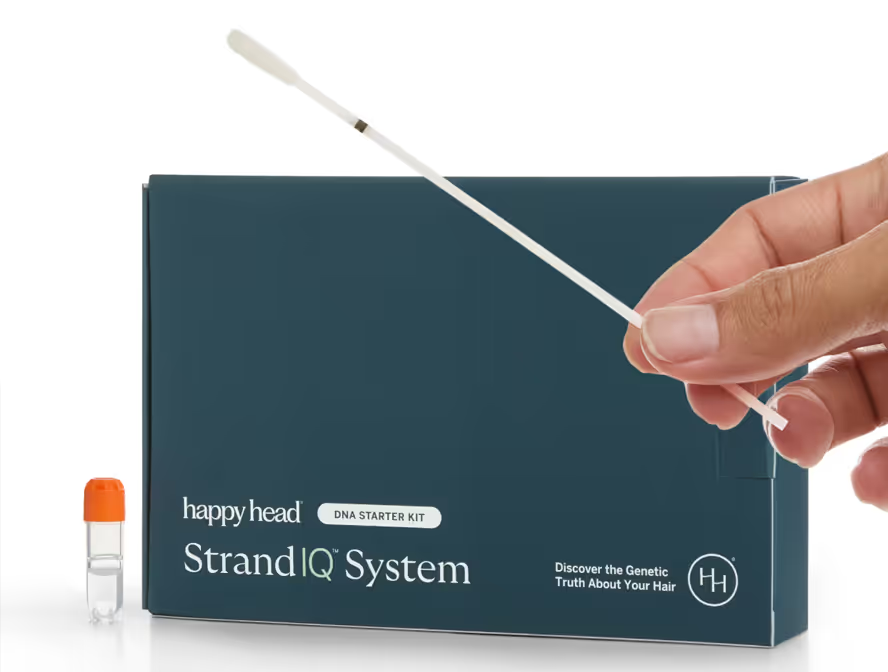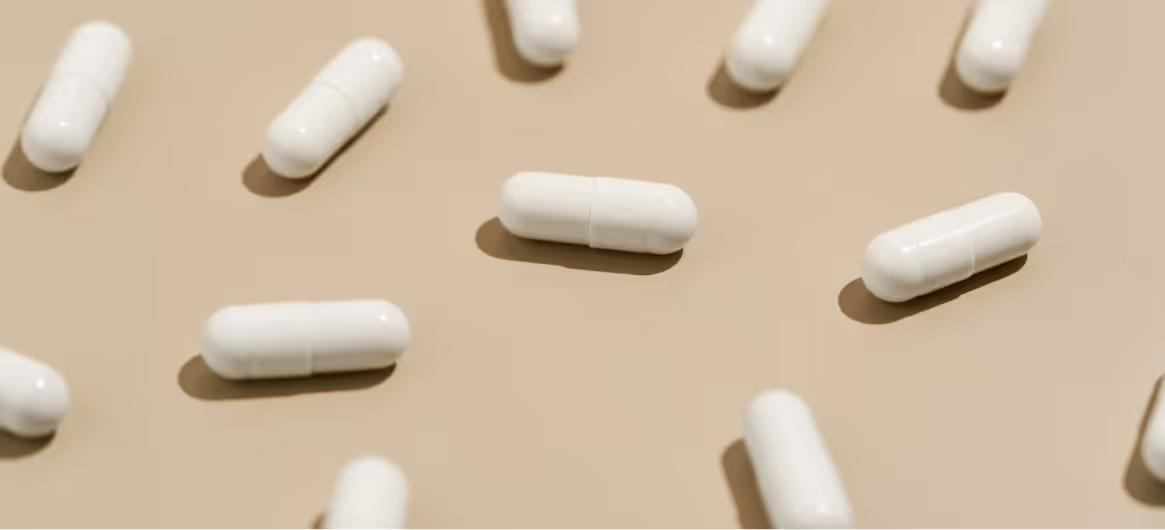Insulin-like Growth Factor 1 (IGF-1) is a protein hormone that plays a critical role in cell growth, repair, and regeneration—all essential for healthy hair. In the scalp, IGF-1 supports follicle stem cell activity, strengthens hair shaft structure, and helps regulate the transition between hair cycle phases.
High IGF-1 activity is linked to thicker, stronger, and more resilient strands, while lower activity may lead to thinning, slower regrowth, and reduced follicle size over time. Because IGF-1 also promotes blood vessel health in the scalp, it indirectly improves nutrient delivery to hair roots.
However, genetics can significantly influence IGF-1 levels and receptor activity, affecting how well your follicles respond to repair and growth signals.
The Role of Genetics in IGF-1 Levels and Activity
Your body’s IGF-1 balance is influenced by both production and receptor sensitivity. Variants in the IGF1 gene can change circulating IGF-1 levels, while mutations in the IGF1R (IGF-1 receptor) gene may alter how effectively follicles respond to IGF-1 signals.
Some people also carry differences in genes like GHR (growth hormone receptor) and FOXO1, which regulate IGF-1 signaling in tissues including the scalp. Reduced receptor binding or impaired signaling can weaken IGF-1’s regenerative impact, leading to slower healing and diminished follicle activation.
Environmental and lifestyle factors—such as protein intake, exercise, sleep quality, and chronic inflammation—also interact with these genetic tendencies, making personalized strategies key.
Bioavailability Levels and What They Mean
High bioavailability – Your genetic profile suggests you can produce and respond to IGF-1 effectively, supporting strong scalp regeneration.
Moderate bioavailability – Genetics may slightly reduce IGF-1 signaling, making optimized nutrition and stimulation techniques important.
Low bioavailability – Your genes may limit IGF-1 production or receptor response; targeted interventions and multi-pathway approaches are recommended.
Top Strategies for High Bioavailability
If your StrandIQ™ analysis shows you are genetically likely to have optimal IGF-1 bioavailability:
- Prioritize protein intake
Adequate daily protein supports natural IGF-1 production. - Maintain healthy insulin sensitivity
Balanced blood sugar helps regulate growth factors. - Incorporate resistance training
Strength training can boost IGF-1 levels naturally. - Protect scalp health
Avoid chronic inflammation from harsh products or untreated scalp conditions.
Optimizing Results at Moderate Bioavailability
If your StrandIQ analysis suggest moderate IGF-1 signaling:
- Boost with nutrient synergy
Make sure you’re getting enough zinc, vitamin D, and omega-3s—key nutrients that help support healthy growth factor activity. - Consider mechanical stimulation
Techniques like microneedling can help boost IGF-1 activity in the scalp. - Manage stress levels
High cortisol from ongoing stress can lower IGF-1, so stress management is key. - Use targeted topicals
Choose hair serums with peptides that support IGF-1 production in follicle cells.
Low Bioavailability: Advanced Strategies
If your genetics suggest lower IGF-1 production or responsiveness:
- Combine multiple growth stimulants
Pair IGF-1–supporting strategies with minoxidil, platelet-rich plasma therapy, or low-level laser therapy. - Address systemic factors
Work with your healthcare provider to assess micronutrient and hormone balance, especially zinc, vitamin D, biotin and growth hormone levels. - Optimize recovery and sleep
Aim to get 6–8 hours of deep, restorative sleep each night, which can boost IGF-1 secretion. - Explore prescription options
In certain cases, doctors may recommend treatments that directly or indirectly stimulate IGF-1 activity.
The Bottom Line
IGF-1 is one of the most important molecular messengers for scalp regeneration and hair density, but genetics can influence how much benefit you see. Understanding your bioavailability level allows you to choose strategies that either maintain, enhance, or supplement IGF-1 activity—ensuring your scalp has the signals it needs for healthy growth.
Resources
StrandIQ SNP Marker Count: 1
StrandIQ Genes for Trait:
IGF1R
References:
Ahn, S.Y., et al. (2012). Effect of IGF-I on hair growth is related to the anti-apoptotic effect of IGF-I and up-regulation of PDGF-A and PDGF-B. Annals of Dermatology, 24(1), 26–31. PMID: 22363152.
Ben Amitai, D., et al. (2006). IGF-1 signalling controls the hair growth cycle and the differentiation of hair shafts. Journal of Investigative Dermatology, 126(9), 2135. PMID: 16778791.
Bonafè, M., et al. (2003). Polymorphic variants of insulin-like growth factor I (IGF-I) receptor and phosphoinositide 3-kinase genes affect IGF-I plasma levels and human longevity: cues for an evolutionarily conserved mechanism of life span control. Journal of Clinical Endocrinology & Metabolism, 88(7), 3299–3304. PMID: 12843179.
Castela, M., et al. (2017). Igf1r signalling acts on the anagen-to-catagen transition in the hair cycle. Experimental Dermatology, 26(9), 785–791. PMID: 28094870.
Inui, S., Itami, S. (2013). Induction of insulin-like growth factor-I by cepharanthine from dermal papilla cells: a novel potential pathway for hair growth stimulation. Journal of Dermatology, 40(12), 1054–1055. PMID: 24164396.
Noordam, R., et al. (2016). Both low circulating insulin-like growth factor-1 and high-density lipoprotein cholesterol are associated with hair loss in middle-aged women. British Journal of Dermatology, 175(4), 728–734. PMID: 26959288.
Panchaprateep, R., Asawanonda, P. (2014). Insulin-like growth factor-1: roles in androgenetic alopecia. Experimental Dermatology, 23(3), 216–218. PMID: 24499417.
Philpott, M.P., et al. (1994). Effects of insulin and insulin-like growth factors on cultured human hair follicles: IGF-I at physiologic concentrations is an important regulator of hair follicle growth in vitro. Journal of Investigative Dermatology, 102(6), 857–861. PMID: 8006448.
Tavakkol, A., et al. (1992). Expression of growth hormone receptor, insulin-like growth factor 1 (IGF-1) and IGF-1 receptor mRNA and proteins in human skin. Journal of Investigative Dermatology, 99, 343–349.PMID: 1324963
Wang, Y., et al. (2025). Targeting IGF1-induced cellular senescence to rejuvenate hair follicle aging. Aging Cell, 24(7), e70053. PMID: 40159808.
Werner, H. (2023). The IGF1 signaling pathway: From basic concepts to therapeutic opportunities. International Journal of Molecular Sciences, 24(19), 14882. PMID: 37834331.
This content, including StrandIQ™ DNA analysis reports and any Happy Head products and/or services referenced therein, is for informational and cosmetic purposes only. It is not intended to diagnose, treat, cure, or prevent any disease. This content does not constitute medical advice and should not be used to make healthcare decisions. References to prescription treatments are educational in nature. Always consult a licensed healthcare professional for any medical concerns or treatment decisions.








.avif)

